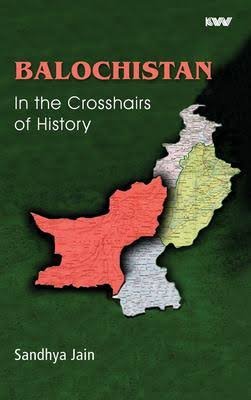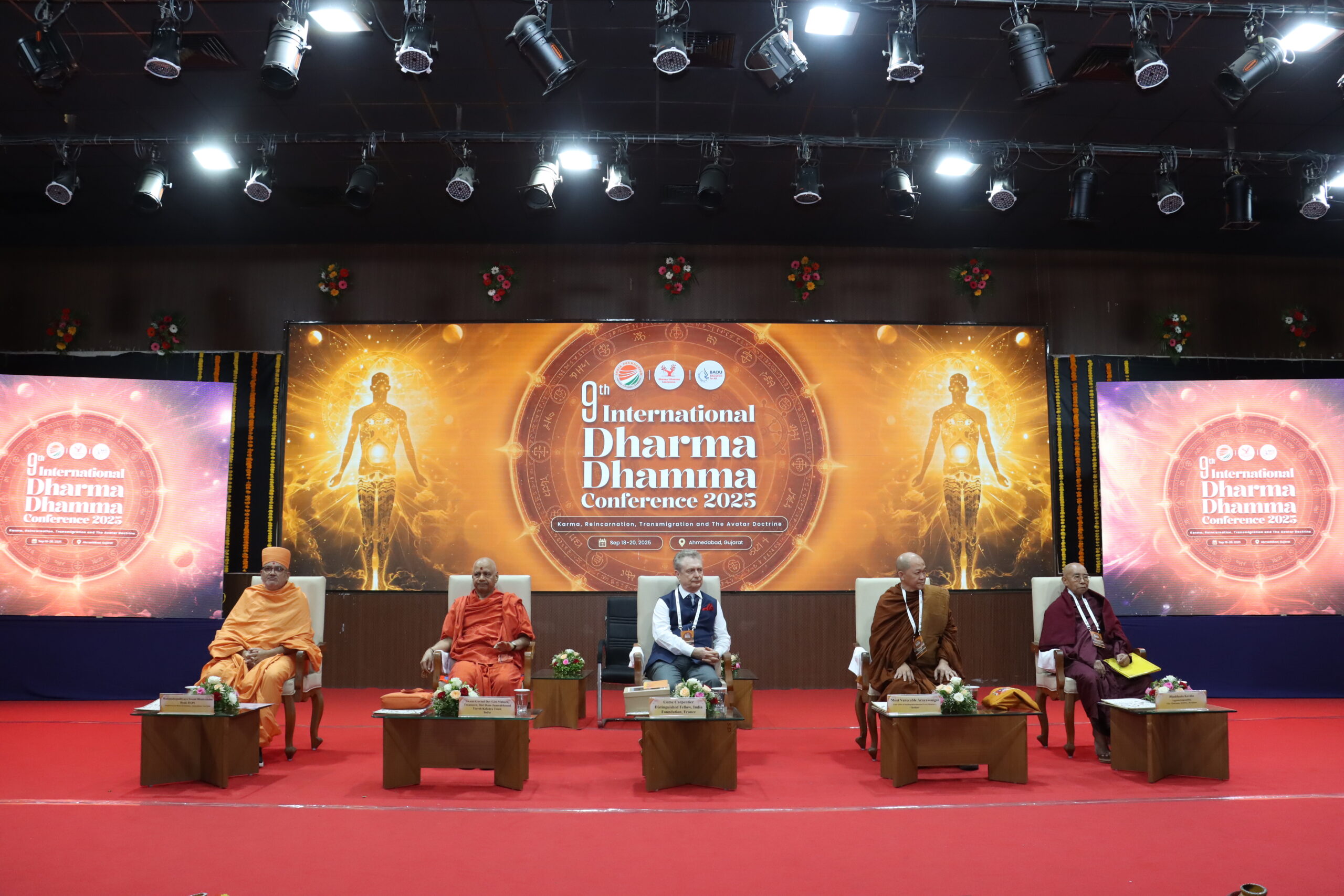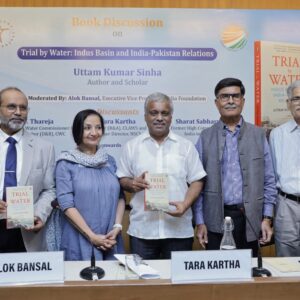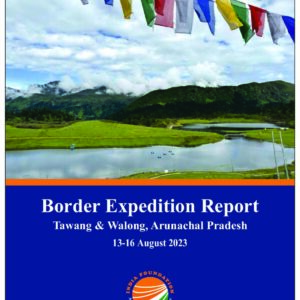Author: Sandhya Jain
Publisher: K W Publishers Pvt Ltd;
Hardcover: 346 pages
Book Review by Maj Gen Dhruv C. Katoch
The book, “Balochistan: In the Crosshairs of History,” authored by Sandhya Jain, is an exceptionally well researched treatise on Balochistan. Brilliantly researched and presented in a very readable format, the book covers in its swathe the entire gamut of Baloch identity and history, the machinations which led to the Baloch lands being hived off to Iran and Afghanistan, and the traumatic manner in which Balochistan was forcibly merged with Pakistan. Thereafter begins the quest by the Baloch people to regain their independence from the stifling oppression of the Pakistani state, a quest which continues upto the present times, in the hope that someday, the Baloch people will finally regain their freedom.
Spread over 347,190 square kms Balochistan is the largest of Pakistan’s four provinces, with 43.6 percent of the total land mass. But in terms of population, it is Pakistan’s smallest province with less than five percent of the total population. The contrast between territory and population largely shapes Balochistan’s particular situation and problems. It contains most of Pakistan’s mineral and energy resources but its small population gives it little say both in Pakistan’s national politics and over how its huge resources are developed.
In the Middle Ages, the decline of the Caliphate in the 11th century CE led to the rise of the Baloch in Makran. Mir Chakar, the leader of the Rind Tribe, laid the foundation for large scale Baloch migration into those lands in the late 15th Century after he had briefly conquered Punjab and Sindh. However, the present land boundary of Balochistan was a creation of British imperialism largely for geographical, administrative and security reasons. It was an artificial construct which divided the Baloch lands between the British Empire of India and the Persian Empire to the West, when the Goldsmid Line was drawn in 1871, giving away almost a quarter of Baloch territory to Iran. The Durand Line, drawn in 1893, further ceded a strip of Baloch land to Afghanistan. The British then divided the Baloch areas under their influence into three parts, one of which became the Kalat State, with Lasbela, Kharan and Makran as its vassals. One part became British Balochistan and the third was the tribal areas. Sir Robert Sandeman, who later became the Chief Commissioner of Balochistan, was the architect of British strategy in the region and he negotiated a number of treaties with the Khan of Kalat during 1854 to 1901. Through these treaties the British Government gained control over the leased territory of Chaghi, Bolan Pass, Quetta and other areas.
The principality which Baloch Nationalists regard as the historic Baloch national state was that of Kalat, founded in 1638. In 1876, the British signed a treaty with the Khan of Kalat by which Kalat and its dependant territories came under British suzerainty. In a meeting held in Delhi on 4th August 1947 between Lord Mountbatten and the Khan of Kalat, and which was attended by Mr Jinnah, Lord Mountbatten assured the Khan that the state of Kalat would revert to its pre 1876 status and become independent on 15 August 1947. The rulers of Kharan and Lasbela were informed by the British that they had been placed under the suzerainty of the Khan. Control over the Marri and Bugti regions was also reverted to the Khan thereby bringing the entire Baloch areas of British India under the direct or indirect control of Mir Ahmad Yaar, the Khan of Kalat. The Khan declared his independence on 15 August 1947 and offered a special relationship to Pakistan in the field of defence, foreign affairs and communication. But the state was usurped by Jinnah, with the Khan of Kalat being forced to sign the instrument of accession. The legal entity of Kalat was abolished and most of the members of the Balochistan cabinet were arrested or exiled from Balochistan. Thus began the resistance to Pakistani rule.
The quest for independence is an ember which the Baloch people have kept lit in their hearts. The various insurgencies which keep erupting from time to time is a testament to the spirit of freedom which the Baloch people keep in their breasts despite the ruthlessness with which the Pakistani state continues to suppress them. This aspect is highlighted by the author along with her prognosis for what the future holds. A combination of geo-political factors have, unfortunately placed Balochistan in an unenviable position wherein both their neighbours—Iran and Afghanistan—are actually wary of Baloch independence as this will ignite passions in the Sistan and Baluchestan province of Iran as well as in the Baloch population in Afghanistan, which may seek merger with the larger Baloch grouping. Baloch independence thus appears to be a chimera, as external support, which is an essential component of such movements, is not available. India can do little to help as it lacks land connectivity to Balochistan.
The author has also delved into the economic exploitation of Balochistan and how the development of the China-Pakistan Economic Corridor (C-PEC) is aggravating tension amongst the Baloch people, especially with Gwadar being developed as a port by China. Balochistan’s coastline with the Arabian Sea has five official ports, but it also has several unofficial natural small jetties which are exploited by smugglers and drug traffickers, which adds to the volatility in the region. In the final chapter of her book, the author has delved into the geo-strategic significance of the region and the interplay of regional and global dynamics which continue to pan out to the detriment of Balochistan.
This is a book which must be read by a wide audience, from college students to military personnel, from diplomats to researchers in think tanks and from history buffs to the lay reader. The author brings out with amazing clarity, the interplay of social dynamics within the various Baloch communities as well as within Pakistani society as a whole and juxtaposes these into the regional and global dynamics that are continually playing out in the region. A great deal of scholarship has gone into the writing of this book as evidenced by the extensive footnotes at the end of each chapter. Besides its eminent readability, it is also a great scholarly work, which can be used as a reference book and thus eminently qualifies to adorn the bookshelves of all libraries.
Brief Bio: Maj Gen Dhruv C. Katoch is Editor, India Foundation Journal and Director, India Foundation.




